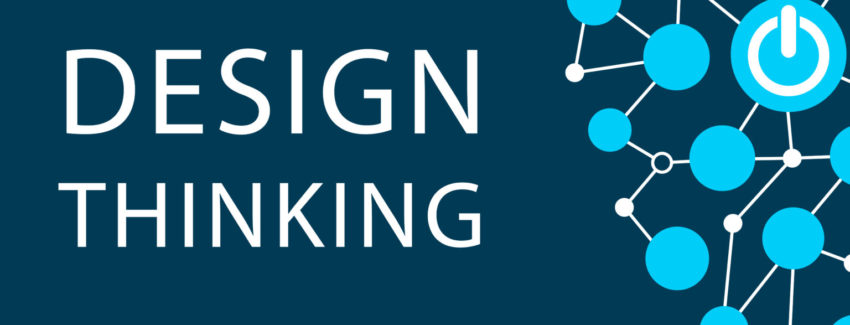ilumi incorporates customer feedback in continuous improvement process
“Design thinking” is a practice for creating user-centric products using methods the great product designers have advanced over the years. It is being increasingly adopted worldwide to create products and services which place the customer at the very center of the design process. At its core, design thinking focusses on creating empathy with the ultimate users of products and services. For most developers, it is at first an immersion in the users’ personal stories and journeys as they acquire (learn, buy, download) and use the product. The goal: to put yourself in users’ shoes or listen and observe users to create empathy with the users’ emotions and experience. The process also sequences through ideation, conceptualization, prototyping (over and over) and finally the presentation of product designs. When truly successful, it is a regular practice that becomes embedded within organizational and design culture.
All the above sounds wonderful. However, most tech companies that I am familiar with often start with a technology breakthrough, a unique innovation or a “genius” solution. They may have developed something cool that you did not know you needed till you started using it. As they go down the path of one cool development after another, new technology and more “IP”, the ultimate target of their ingenuity – the end user is most often forgotten! This is in fact, more typical than we would like to believe and it is only the exceptional companies who make thoughtful end-user inclusion part of their organizational ethos (plug in your favorite inventors and manufacturers here). While ideally, it is recommended to “scrap everything and start from scratch” in practical terms, finances, costs and timelines simply do not permit this. What it calls for in most cases, is a series of “design thinking interventions”.
I recently developed a tailored design thinking session for ilumi (the smart lighting and bluetooth mesh technology pioneer). As a hybrid hardware-software company, the features and performance of ilumi lighting products are underwritten by the hardware and firmware. However, the rubber meets the road with software, and the user interface ultimately circumscribes the user experience. Therefore, the best hardware technology will seem only as good as the software experience, as far as the customer is concerned. The challenge before the executive team and all employees was to come up with the next level of user-centric software and UX design improvements. Our workshop proved to be a fun, transformative and an energizing experience. Working together in multifunctional teams further helped gain insight into team member challenges and strengthened team spirit.
The design thinking process innovation in our workshop was the method I used to stimulate immersion and empathy with the customer experience. “ilumi-nation” is scattered all over the globe, and conducting interviews and psychographic studies was not an option due to time and cost considerations. The entire team is hard at work launching the next cool product and ensuring a steady supply of products to top electronics and CP retailers. An ongoing “open round” of raising venture capital is also consuming significant executive resources. So, we had to find a way to make it work in a short time and with limited resources.
We adapted by extracting consumer reviews from various retail sites. In this day of social media proliferation, it is quite impressive how generous consumers are in providing detailed feedback (both positive and negative). Often, they write about their situation, personal insights, frustrations and delight – with meaningful psychographic detail for the attentive reader. After selecting the most insightful (not necessarily the most verbose), I was able to assign individual personalities to our participants – for them to immerse in and advocate for. This role playing was the most fun, and enlightening part of the process and was very effective in discovering new product insights and some new concepts. To our delight, some of the “new products” did not require new development. They were already embedded in the existing products, but just needed to be presented to the user in a purposeful and easy to use manner.
The ilumi team is highly committed to continuous improvement of their products and the user experience. Such effort requires C-suite commitment and as was done here a prioritization of the process in the interest of the customer. Most of all, ilumi team members committed themselves to the process enthusiastically, and produced strong insights about product, users, internal team members’ challenges. The design thinking process will continue to be part of the ilumi product design discipline, and as it becomes further entrenched it bodes well for ilumi and especially their customers.

